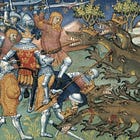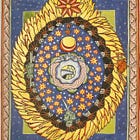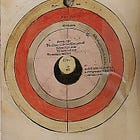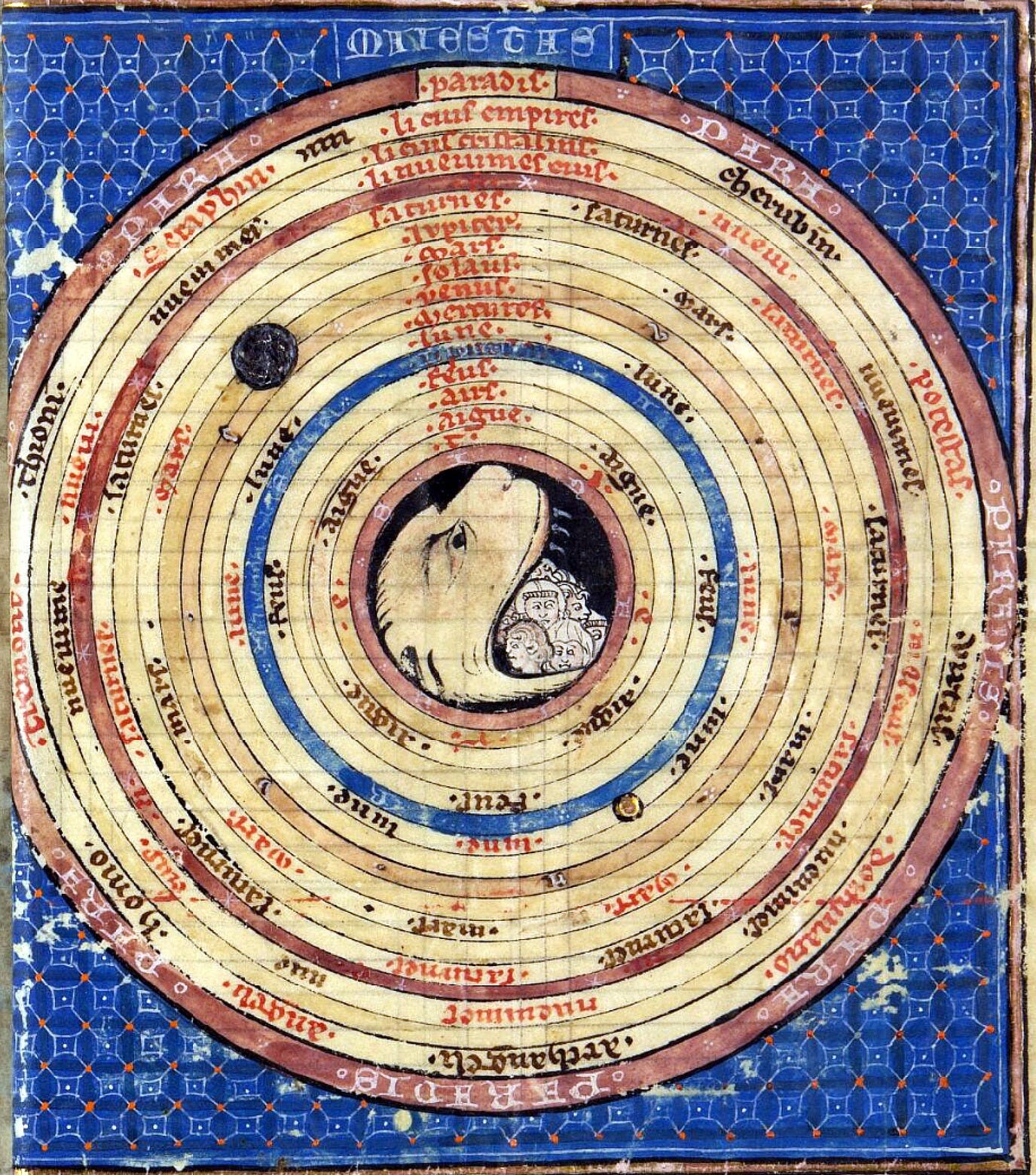In the Astrology Tower: Italy, Spain, Kraków, and Oxford
Where wizards went to study Medieval Magic I
Wizard School
In parallel with my dragon project, I’m starting an investigation into the history beneath a well-worn literary trope—the Wizard School. Like dragons, this means a massive, sprawling corpus to write about, so I’ll divvy it up over the coming weeks.
The question in my mind is a clunky one, but essentially I want to know: Did medieval people believe a magic school existed, or has it always been a trope of fiction? If they did, where was it and why was it there; if they did not, what fiction sources originate this trope? and I want to share my thoughts and findings with you. In each article, I’ll begin with a poll—it’ll be interesting to see whether opinions change over time so please do vote:
Magic at Orléans’ Medieval University?
I briefly touched on this in a short, earlier post focused on the medieval University of Orléans.
First up, we have astrology schools—a massive topic in its own right which I haven’t written about enough, so before that let’s cover off into some basics.
Divination
Magic has many purposes, with seeking and gaining knowledge being among the most important. What knowledge do people want to seek? The forbidden and the secret is a big one. Another is truth. But these are achievable through non-magical means as well—magic goes one further, offering those things and more, namely knowledge about the future.
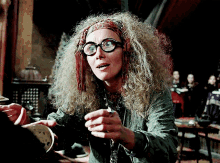
“Divination” is the word—in Latin this is mantia, or the suffix “-mancy” in English. We see this a lot in modern fiction and in real historical magic—“disciplines” like geomancy, necromancy, nigromancy, and so on. Palmistry, reading tea leaves, augury, scapulomancy, Sumerian liver readings—these all broadly fall under the divination banner. But across historical cultures, the most ubiquitous divinatory “magic” (really until relatively recently this was not even really magic, but an occult science) is, of course, astrology.
For our purposes we can split medieval astrology into two forms: “judicial” and “medical”. There is much crossover, etcetera, but judicial astrology is about making judgments on the future by studying the stars and celestial spheres. Medical astrology was the specialised and most “approved” way astrology was used—employing space and the heavens to enhance physic. We’ll focus on judicial astrology, after a Cosmology Clinic.
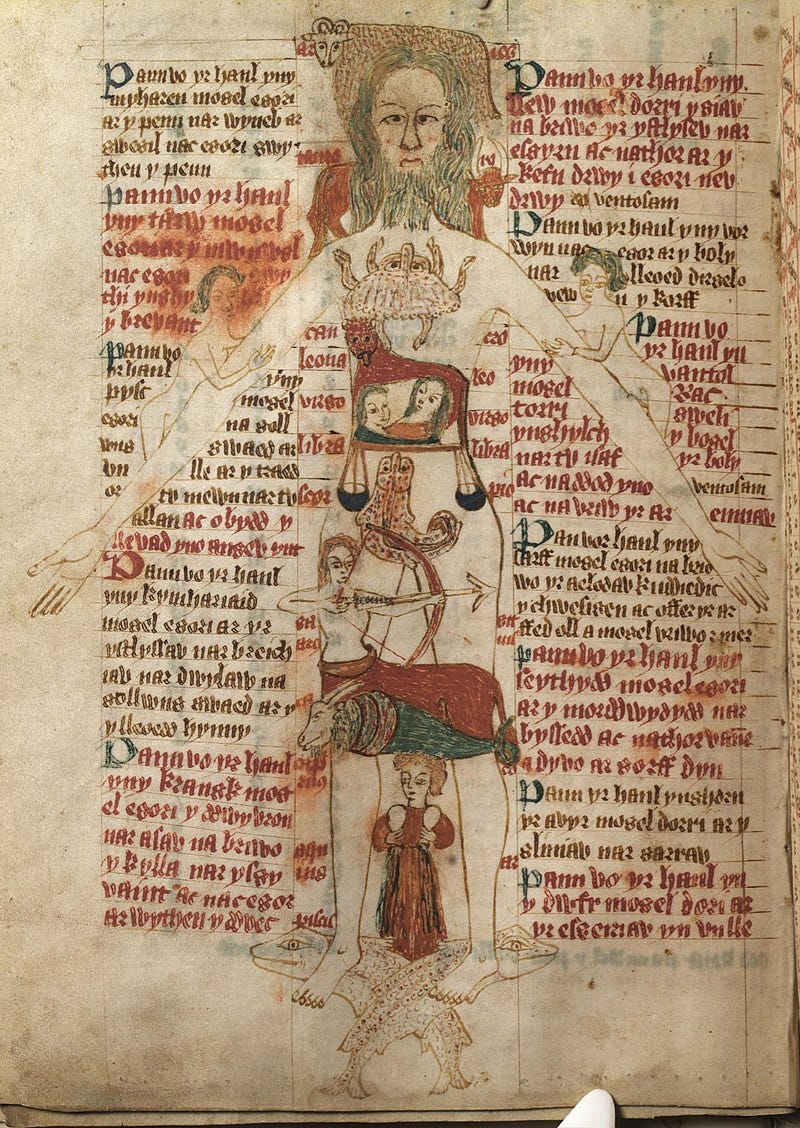
A quick cosmology class
The basic position in medieval cosmology was systematised by the scholastic philosophers from the twelfth century onwards—who loved their Aristotle, as well as the Arab commentators who “monotheised” Aristotle’s Hellenic physics.
Check out this article for a fuller exploration of cosmology:
And this short piece correcting trivia like the trite “flat Earth” misconception:
In short, scholastic cosmology conceives a designed universe which is divided into concentric shells, or spheres, like an onion. The model is geocentric, in that Earth is in the centre of the universe. But really, medieval astrology relied on a more specific axiom—that the universe was anthropocentric.
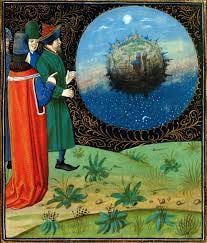
You’ve probably seen this in Dante, for example—Hell is within the Earth’s bowels. Often cosmological maps put a “Hellmouth” inside Earth, representing that transition. The Earthly Paradise is somewhere on the map, often where rivers flow from. The Heavens are up in space, beyond the firmament (a layer separating the Godly heavens from the less noble planets, stars, and suchlike).
So, in an anthropocentric model, humanity is unique. The planets affect Earth, true (weather, tides, eclipses, etc.) but they particularly, astrologically, affect man. This follows the Bible, man in the image of God—but for astrology, man is also a microcosm of all creation—man (and to a lesser extent Nature), are reflected in perfect symmetry with the macrocosm, which is creation in its entirety.
Keep reading with a 7-day free trial
Subscribe to Livres des Merveilles: Cabinets of Curiosities to keep reading this post and get 7 days of free access to the full post archives.





